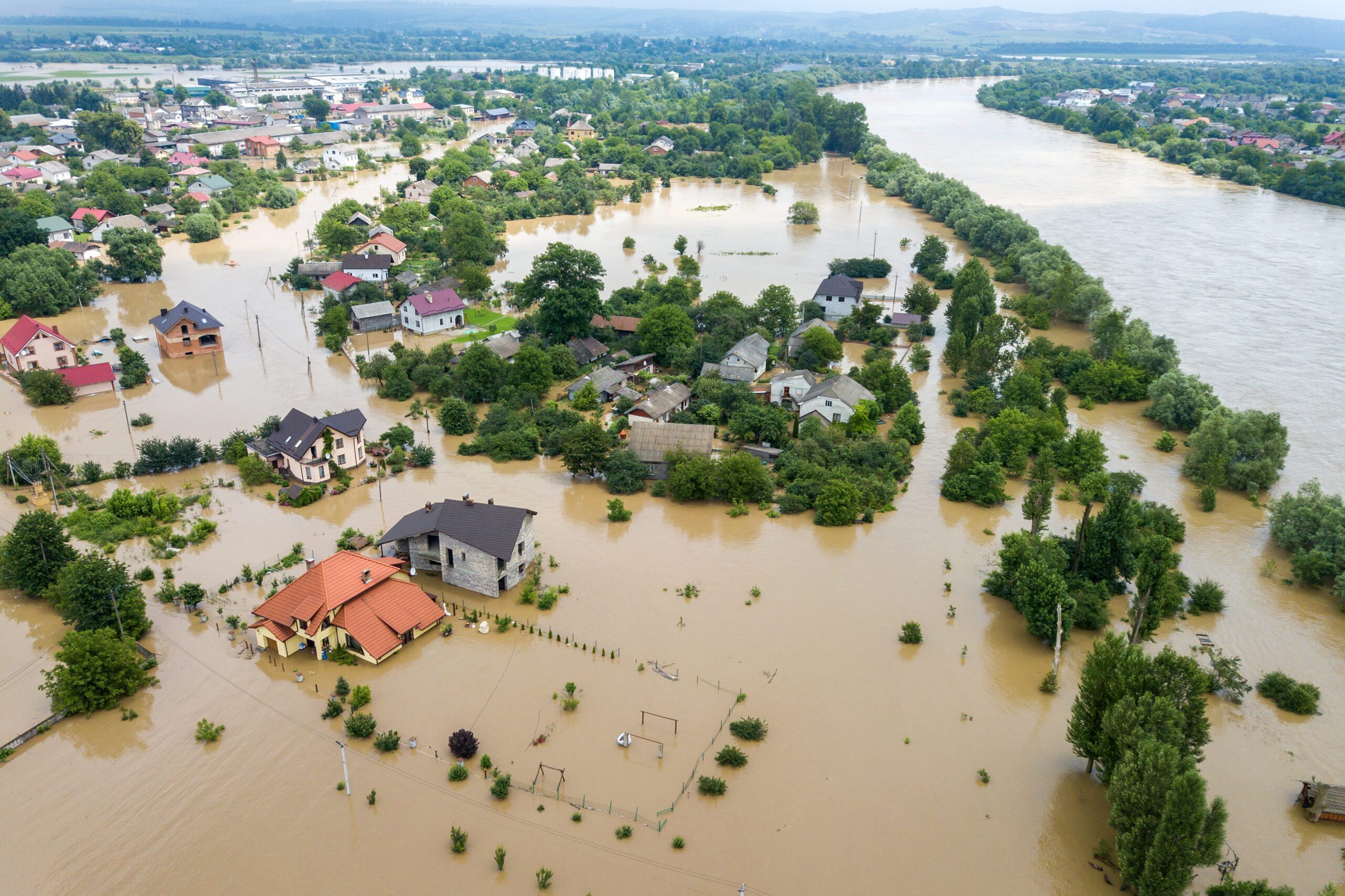4-minute read
The warning signs have been flashing with greater intensity.
Thanks to extreme weather, among other factors, insurance rates have been climbing steadily over the past few years, sometimes dramatically, sometimes shockingly so.
Some of the biggest property and casualty insurance companies have stopped issuing new policies in California and Florida, among other wildfire- and flood-prone states.
The National Oceanic and Atmospheric Administration reported the U.S. saw a record number of billion-dollar weather and climate disasters in 2023, amounting to nearly $60 billion in damage.

If you haven’t yet, this would be a good time to give serious thought to your disaster preparation and response plans. Here’s how to go about it:
1. Conduct a Risk Assessment
The first step in preparing for natural disasters is to conduct a thorough risk assessment. Identify the types of natural disasters your business is most vulnerable to based on your geographic location. Whether it's wildfires, flooding, hurricanes, or earthquakes, understanding the risks specific to your area will help tailor your preparedness plan.
2. Develop a Comprehensive Emergency Plan
After identifying potential threats, develop a comprehensive emergency plan. This plan should include evacuation procedures, a communication strategy to keep employees informed, and a system for protecting critical business documents and data. Ensure that the plan is readily accessible to all employees and conduct regular drills to test its effectiveness.
3. Insure Your Business Adequately
Adequate insurance coverage is the backbone of any business's preparedness strategy. Review your policies annually to ensure they reflect your current needs and the realities of potential natural disasters. In addition to property and casualty insurance, consider business interruption insurance, which can cover lost income and additional expenses incurred while your business is closed.
4. Protect Your Assets
Take proactive measures to physically protect your assets. For wildfires, create defensible spaces by clearing brush and using fire-resistant materials in construction. For flooding, elevate critical equipment, use flood barriers, and ensure proper drainage. Regular maintenance of premises can also reduce the risk of damage.
5. Backup Data and Documents
Protecting your business’s data is as crucial as protecting physical assets. Regularly backup important documents and data off-site or in the cloud. This ensures that you can maintain business continuity and quickly recover after a disaster.
6. Foster a Culture of Preparedness
Fostering a culture of preparedness within your organization is vital. Educate your employees on the emergency plan and their role in a disaster. Encourage them to have personal preparedness plans as well. Engaged and prepared employees are your greatest asset in times of crisis.
7. Build a Business Continuity Plan
A business continuity plan goes beyond the immediate response to disasters. It outlines how your business will continue to operate or quickly resume operations after a disaster. Identify critical business functions, establish a temporary location if necessary, and maintain a list of key contacts for emergencies.
8. Collaborate with Local Authorities and Businesses
Collaboration with local emergency services, government agencies, and even neighboring businesses can enhance your preparedness efforts. These partnerships can provide valuable resources, information, and support before, during, and after a disaster.
9. Review and Update Your Plans Regularly
Natural disaster preparedness is not a one-time effort. Review and update your plans regularly to incorporate new threats, business changes, and lessons learned from recent events. Continuous improvement will ensure your business is always ready to face the next challenge.
The Mahoney Group, based in Mesa, Ariz., is one of the largest independent insurance and employee benefits brokerages in the U.S. For more information, visit our website or call 877-440-3304.
This article is not intended to be exhaustive, nor should any discussion or opinions be construed as legal advice. Readers should contact legal counsel or an insurance professional for appropriate advice.
